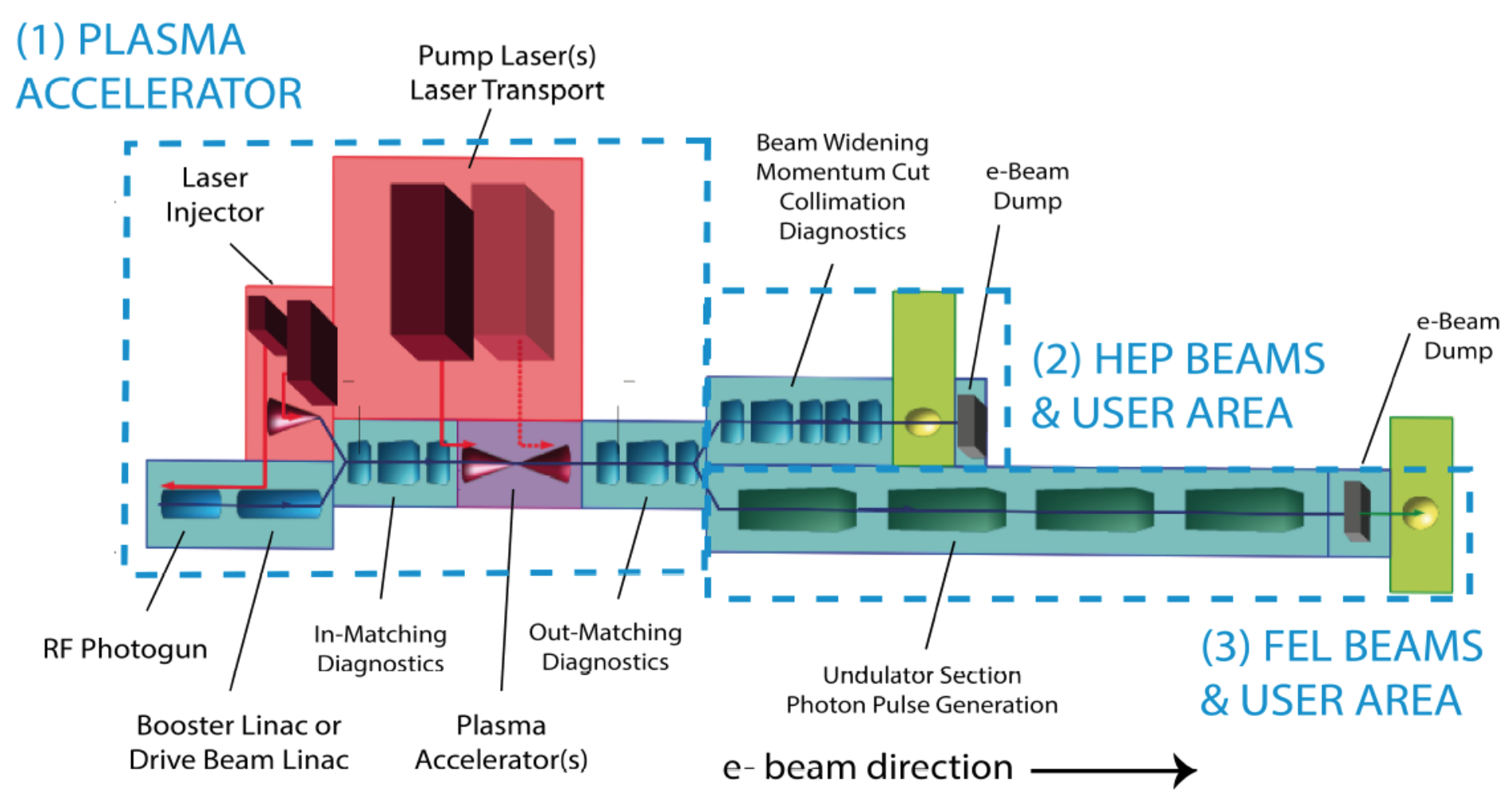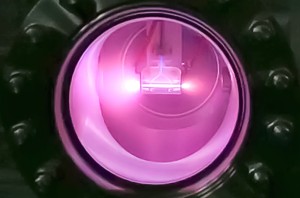 Three million euros for European Plasma Research Accelerator with eXcellence In Applications (EuPRAXIA) project.
Three million euros for European Plasma Research Accelerator with eXcellence In Applications (EuPRAXIA) project.
The European Union supports the development of a novel plasma particle accelerator with three million euros from the Horizon2020 program. The EU project EuPRAXIA (European Plasma Research Accelerator with eXcellence In Applications) will produce a design study for a European plasma research accelerator focussing on applications of the new technology. Plasma acceleration promises to shrink costs and size of particle accelerators for science, medical applications and industry significantly.
“EuPRAXIA will define the missing step towards a new generation of plasma accelerators with the potential for dramatically reduced size and cost,” said EuPRAXIA coordinator Ralph Assmann from DESY. “It will ensure that Europe is kept at the forefront of accelerator-based science and applications.” The EuPRAXIA consortium includes 16 laboratories and universities from five EU member states. In addition, it includes 18 associated partners from eight countries, involving leading institutes in the EU, Japan, China and the United States. SPARC_LAB is a member of this collaboration with important leading roles taken by INFN (E. Chiadroni and M. Ferrario), ENEA (G. Dattoli) and CNR (L. Gizzi) scientists.
“This design study will open a bright future for the local SPARC_LAB activities in the framework of a well-established European collaboration”, said Massimo Ferrario coordinator of the INFN/Eupraxia team, “at SPARC_LAB will be performed crucial tests for the realization of the EU project as results of the already planned COMB and EXIN projects”.

Schematic preliminary layout of the EuPRAXIA future facility
Particle accelerators have evolved over the last 90 years into powerful and versatile machines for discoveries and applications. Today some 30,000 accelerators are operated around the world, among those some of the largest machines built by human mankind. A new technology for particle acceleration has emerged and has demonstrated accelerating fields a thousand times beyond those presently used: Plasma acceleration uses electrically charged plasmas, generated by strong lasers or particle beams, instead of the usual radio frequency used in conventional accelerators, to boost particles like electrons to high energies.
By the end of 2019, EuPRAXIA will produce a conceptual design report for the worldwide first five Giga-electronVolts plasma-based accelerator with industrial beam quality and dedicated user areas. EuPRAXIA is the required intermediate step between proof-of-principle experiments and versatile ultra-compact accelerators for industry, medicine or science, e.g. at the energy frontier of particle physics as a plasma linear collider.
The study will design accelerator technology, laser systems and feedbacks for improving the quality of plasma-accelerated electron beams. Two user areas will be developed for a novel free-electron laser, for high-energy physics and for other applications. An implementation model will be proposed, including a comparative study of possible sites in Europe (including the expected SPARC_LAB upgraded tunnel), a cost estimate and a model for distributed construction but installation at one central site. As a new large research infrastructure, EuPRAXIA would place Europe at the forefront of the development of novel accelerators driven by the world’s most powerful lasers from European industry in the 2020’s.
This EU design study is also a prerequisite for being included in the ESFRI (European Strategy for Research Infrastructures) roadmap and a great opportunity for the possibility of EuPRAXIA construction in the 2020’s.
To find out more about the project visit http://www.eupraxia-project.eu.

Capillary discharge in the first SPARC_LAB plasma module
 INFN-LNF Laboratori Nazionali di Frascati
INFN-LNF Laboratori Nazionali di Frascati